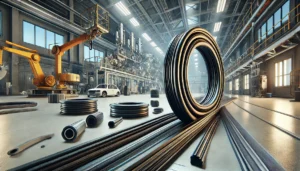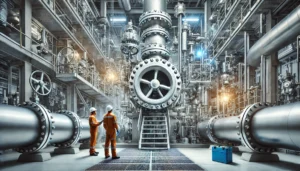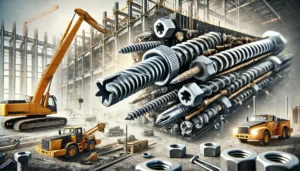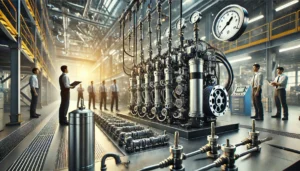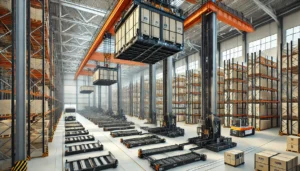To ensure the safety and longevity of equipment such as cranes in an industry, regular maintenance is key. A good maintenance plan improves how well machinery performs, as well as reduces the time and money spent on operating it. Here are the practices concerning maintenance one should remember:
1. Do Regular Inspections
These inspections help to catch problems early and prevent unnecessary escalation. Daily, weekly and monthly inspections should be scheduled over crucial parts like hooks, chains, and control systems in a crane. Damages like corrosion and normal wear should be looked after as well. Every inspection conducted should be documented along with any problems encountered to maintain the equipment’s effectiveness.
2. Implement Preventive Maintenance
This type of maintenance is concerned with ensuring that equipment serves your operation long term. Preventive maintenance involves cleaning debris, replacing old parts, and lubricating moving machinery. In order to achieve effective preventive maintenance, the equipment’s manufacturer recommended intervals have to be followed closely.
3. Ensure Proper Lubrication
Lubricants used at moving parts reduce friction, wear out pieces, and dissipate heat at the same time. Operating instructions should be followed when it comes to applying lubricants, with regular checks on lubricant levels throughout the machinery. To protect components against damages and ensure the equipment’s smooth operation, lubricants need to be replaced when necessary.
4. Monitor Load Capacities
Using lifting equipment excessively can lead to rapid decaying and even dysfunction in the long run. As a rule of thumb, always follow the determined terms of use of the equipment as well as train the operators to understand these limits. Use overload prevention systems to obtain real time evidence that the system is not being overloaded.
5. Maintain Cleanliness
Lifting equipment requires periodic cleansing if one wishes to increase its efficacy. Clean dirt, grease, and other contaminants from surfaces and components regularly. Avoid using harsh cleaning tools on delicate parts. A clean environment simplifies the detection of possible defects during examination and provides an overall easier maintenance process.
6. Provide Operator Training
Operators that have knowledge regarding the equipment as well as its proper handling will ensure safe work conditions with the lifting equipment. Effective training should include instruction for equipment usage, details of the safety policies, and steps to take in an emergency situation. Newer technologies and practices should be developed and operators trained to ensure effective equipment use, maintenance, and damage mitigation.
7. Implement Safety Precautions
Make sure that employees and the equipment are safe by enforcing safety regulations. This extends to the selection of personal protective equipment (PPE), operational communication, and the usability of safety devices. These measures, as with all, require constant refinement and alteration to ensure all new risks are promptly dealt with.
8. Utilize Monitoring Systems
New technologies have brought monitoring systems capable of capturing real-time data on the performance of equipment. This helps in the early detection of unusual events so that timely corrective action can be taken. Among other things, systems can track load weight, operating speed, and temperature, which tell a lot about the condition of equipment.
9. Schedule Routine Testing
ETesting of lifting equipment should be done at intervals in such a manner that all functions work correctly with loads and within acceptable limits. As regulations and the manufacturer’s instructions state, do load tests, function tests, and safety device examinations. Testing confirms that the equipment is in a condition that is safe for use and meets the operational requirements.
10. Keep Detailed Records
All maintenance work, inspections, repairs, and replacements done should be well recorded. This helps check the history of the equipment, facilitates maintenance planning, and assists in adherence of safety regulations. The details of the records are kept more efficiently using digital record retention systems which eases accessibility to information.
Implementing these maintenance strategies allows for improvement in reliability, safety, and the lifespan of the lifting equipment. There is increased operational effectiveness and minimal downtime for the industrial facilities.



